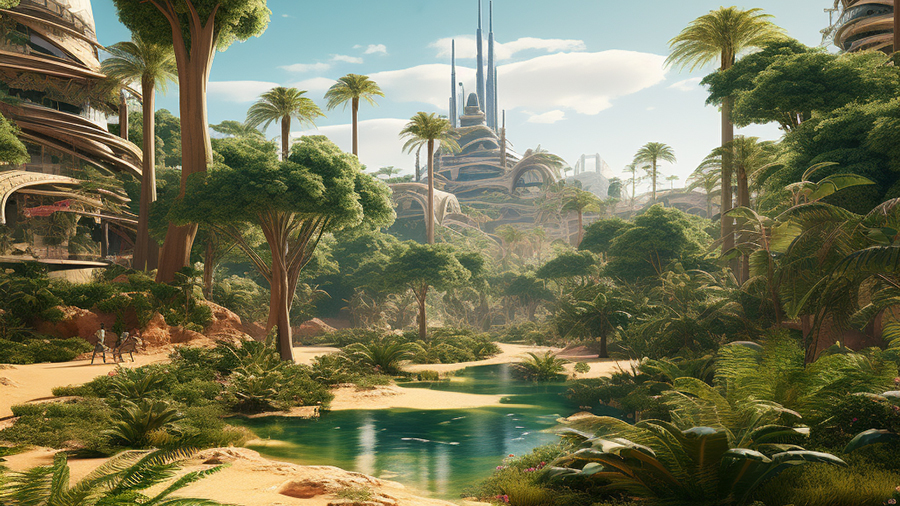
Nestled within the desert embrace of Qatar, lies a collection of nature’s best-kept secrets — natural parks that serve as oases of biodiversity and tranquility. These sanctuaries, carefully preserved, unfold as a testament to Qatar’s commitment to environmental conservation and sustainability. Make yourself some coffee or tea (herbal will do) and delve into these protected areas in Qatar.
Khor Al-Adaid Area
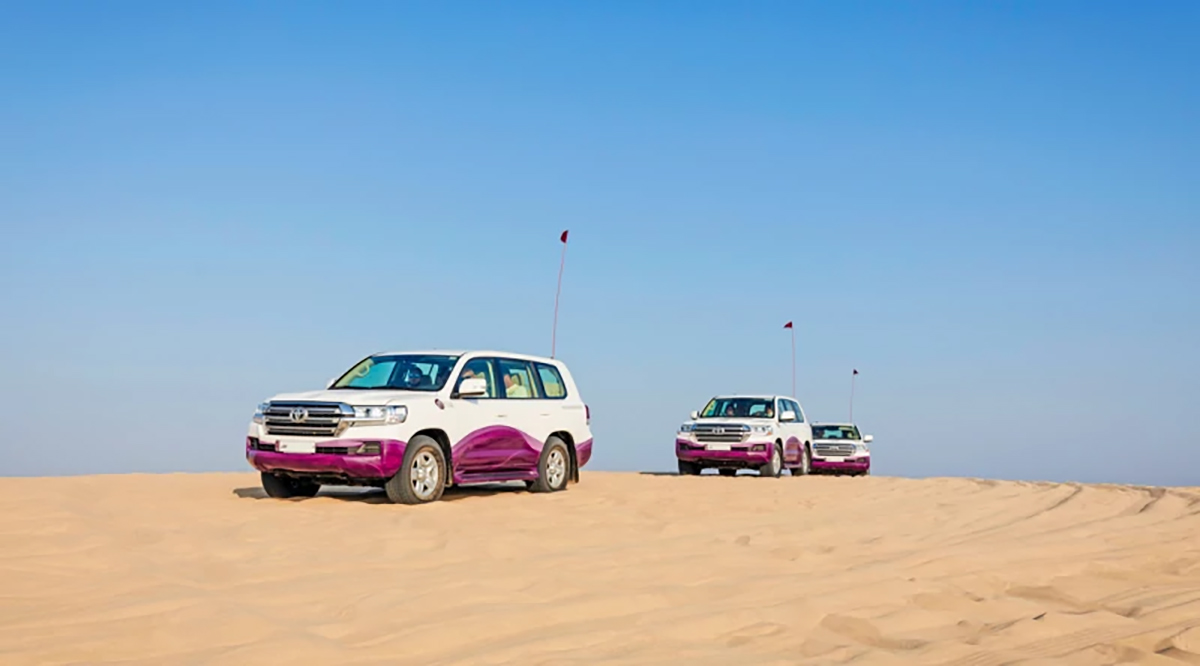
Let’s dive into the enchanting realm of Khor Al-Adaid, or as the locals call it, the ‘Inland Sea’. Picture this: vast dunes doing a happy dance into the sea, a secret lagoon connected to the Arabian Gulf, and a marine party featuring corals, seagrass, and all the cool marine gang. This place is no ordinary spot, hence is a UNESCO World Heritage Site.
Khor Al-Adaid’s unique charm lies in its blend of elements: mobile dunes meeting the sea, a tidal embayment, and diverse ecosystems from coral reefs to seagrass meadows. This natural beauty results from ancient and contemporary geological processes.
But wait, there’s more! Khor Al-Adaid is not just a pretty face, it’s like a science class without the boredom. The sabkha flats (fancy word for salt-crusted desert) and shifting quartz sand illustrate sea level changes from the past. Coral communities, seagrass, and mussel beds thrive here.
The hinterland hosts typical Arabian Peninsula flora and fauna, including Arabian Gazelles and the potential return of Arabian Oryx.
With its pristine landscapes and ongoing ecological and biological processes, Khor Al-Adaid qualifies for World Heritage Status, being Qatar’s potential first entry into the Natural World Heritage list. The area’s integrity is maintained by inclusion of all elements essential for its beauty, and its size is sufficient for the natural biological system to remain viable.
So, pack your bags and get ready to witness nature’s coolest site at Khor Al-Adaid.
Umm Tais National Park
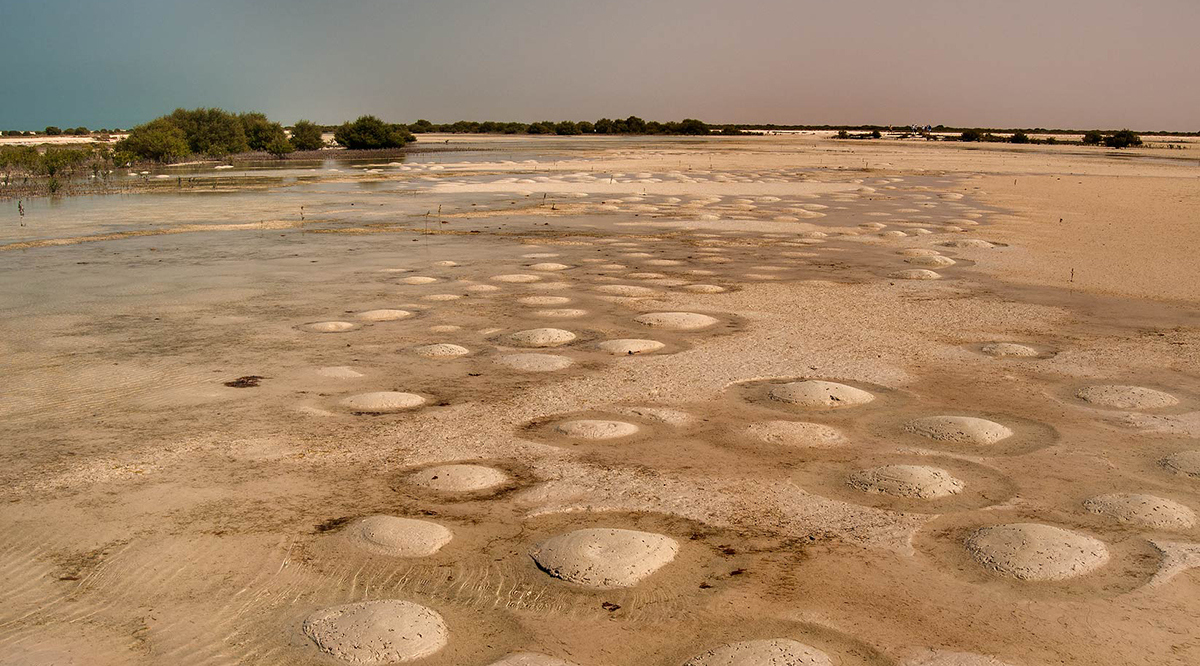
Tucked away on the northern tip of Qatar, Umm Tais National Park emerges as an enchanting haven on an uninhabited island. This hidden gem, established in 2006 during the 15th Asian Games, unfolds a tapestry of natural wonders that beckon both adventure seekers and history buffs alike.
Housing a diverse range of flora and fauna, Umm Tais is an area with inhabitants including gazelles, oryx, and falcons. The natural setting provides a refuge for these species and contributes to the conservation of Qatar’s unique ecosystems.
Umm Tais goes beyond natural beauty; it reveals the past through the ruins of Al Mafjar, an ancient village slated for transformation into a captivating tourist attraction. Stroll through these archaeological sites, and you’ll sense the whispers of history and marvel at the resilient structures.
Furthermore, for those seeking outdoor pursuits — Umm Tais National Park delivers. Birdwatchers enjoy a lively avian spectacle, campers bask under the stars, and hikers explore trails weaving through the island’s natural and historical wonders
Just four miles from Ar Ru’ays, Umm Tais National Park offers a convenient escape into nature’s embrace. Whether seeking serenity or an active getaway, Umm Tais invites everyone to its shores.
Al Wabra Wildlife Preservation
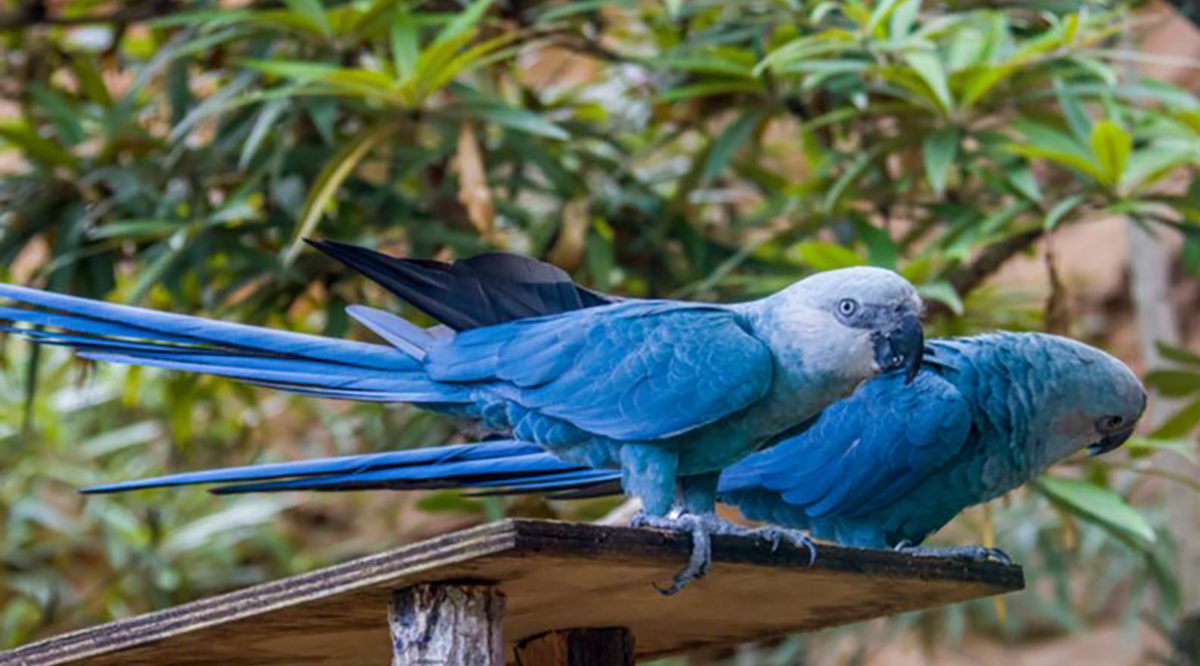
Al Wabra Wildlife Preservation is more than a farm — it’s a territory dedicated to the preservation and conservation of rare and endangered wildlife from around the globe. Founded as a hobby farm by Sheikh Saoud Bin Mohammed Bin Ali Al Thani’s father, it has evolved into a state-of-the-art breeding and research center under Sheikh Saoud’s passionate vision.
Although the farm was designed as a special resort for antelopes and gazelles, Sheikh Saoud is elevating its purpose. The farm has evolved into a breeding and research center, focusing on endangered wildlife. Recent additions include captivating species like big cats, parrots, and Birds of Paradise.
But don’t freak out; it’s not a zoo per se, as Al Wabra Wildlife Preservation prioritizes the well-being of its inhabitants over public viewing. Many areas are closed off to visitors to minimize disturbance of sensitive animals.
The facility boasts state-of-the-art amenities, including veterinary care, laboratories, food kitchens, orphan nurseries, and specialized enclosures designed with the animals’ needs in mind.
Looking ahead, Al Wabra Wildlife Preservation aims to set new standards in the field. Education takes center stage, with plans to increase awareness among young minds about wildlife and environmental issues. A dedicated education and visitors area is in the pipeline, where visitors can learn about conservation efforts and witness the beauty of rare species thriving in their carefully curated habitats.
Al Thakhira Nature Reserve
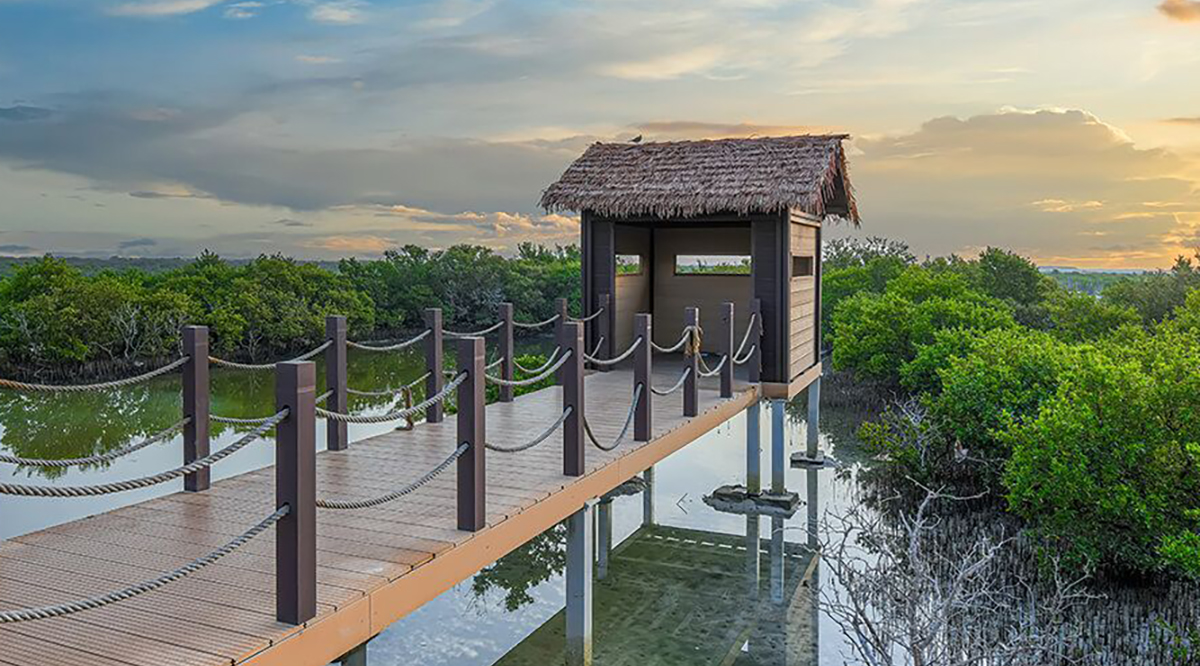
Al Thakhira Reserve stands as a testament to Qatar’s commitment to preserving its natural wonders. Designated as a natural reserve by Decision No. 6 in 2006, this oasis combines marine splendor with terrestrial treasures.
This is surely a green gem in the Qatari landscape. Avicenna marina evergreens, or as we know it — the mangrove trees — thrive here, making Al Thakhira one of the rare places in the country where trees grow naturally.
The marine section of Al Thakhira Reserve boasts the enchanting Um Far island and embraces the beauty of natural mangroves. These coastal wonders contribute to a rich marine biodiversity, creating both a haven for underwater life in this corner, but also supporting air purification, thus creating a heaven for our lungs as well.
Located just north of the coastal city of Al Khor, Al Thakhira Mangroves will be your favorite kayaking spot.
Explore vast expanses of natural greenery, delving into mangrove swamps that serve as a sanctuary for migratory birds like flamingos and herons. So, go on, take a kayak and imagine being a Middle Eastern Snow White among all the beautiful creatures.
Qatar’s steadfast commitment to preserving its natural treasures and protecting its diverse ecosystems is a testament to its forward-thinking vision. By implementing stringent policies and investing in conservation efforts, Qatar not only safeguards unique flora and fauna but also nurtures havens of biodiversity and tranquility.
These efforts, spearheaded by entities like the Qatar Environment and Energy Research Institute (QEERI) and the Ministry of Municipality and Environment (MME), reflect a profound understanding of the multifaceted importance of natural areas.
Beyond ecological benefits, the preservation of these zones provides recreational opportunities, promotes a healthier lifestyle, and fosters a deeper connection with nature for both residents and visitors.
As Qatar embraces sustainability and environmental consciousness, these protected areas stand as symbols of the nation’s commitment to a harmonious coexistence between urban development and the preservation of its natural wonders.